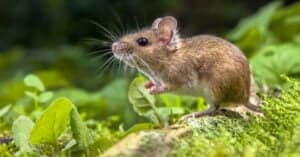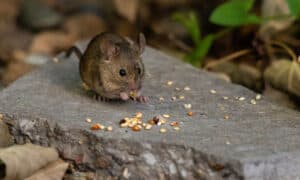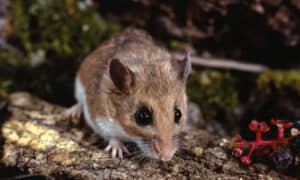
Almost everyone has owned a hamster at some time in their lives. Whether you had one as a child or are now caring for one, you probably know how precious these little animals are. Dwarf hamsters actually make up a number of different hamster species! Each species is native to a distinct part of the world’s desert.
These little hamsters make terrific pets. They don’t take up much space, are relatively quiet, and are entertaining to watch as they roam about their cage. So if you’ve been searching for a beginner pet that requires simple and straightforward maintenance, a dwarf hamster can be the ideal choice.
Curious to learn more about this fun and popular pet? In this post, we will cover all there is to know about dwarf hamsters, including the dwarf hamster lifespan, how to care for one, and much more!
The Rundown on Dwarf Hamsters
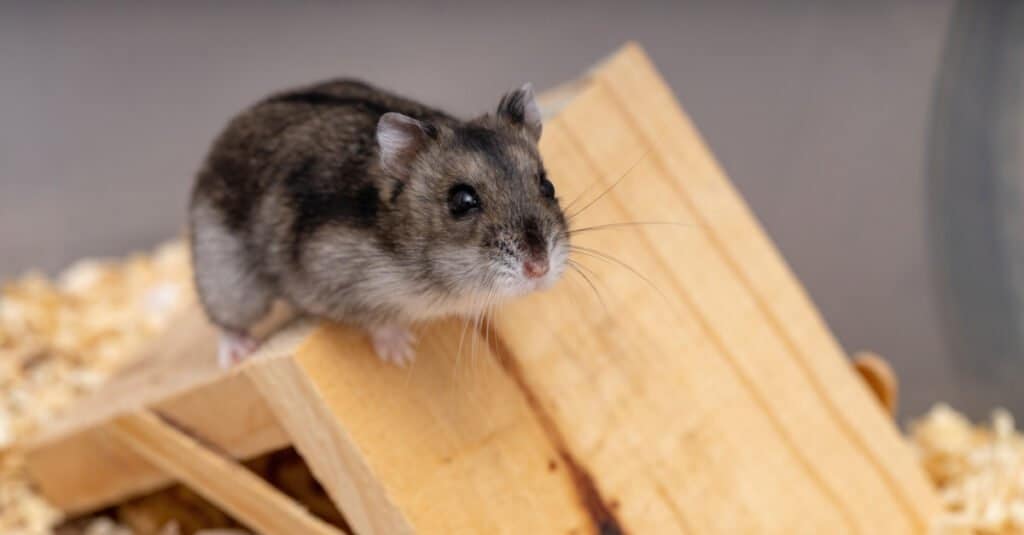
Dwarf hamsters are omnivorous and have extremely sharp incisors.
©Vinicius R. Souza/Shutterstock.com
The Robo Dwarf, Striped Dwarf, and Campbell’s Dwarf are the most well-known dwarf hamster species. Each of these distinct dwarfs prefers a particular environment, ranging from deserts to hilly places to woodlands.
The Robo dwarf is the smallest member of the whole species, measuring just 2 inches long. They are also extremely quick, which makes handling difficult. The Campbell’s Dwarf Hamster is one of the most commonly kept pets. This dwarf hamster species is most active around dawn and evening.
Dwarf hamsters are omnivores, meaning they eat a wide variety of foods. Fruits, seeds, and grains are just a handful of the foods they will consume. However, depending on the type of dwarf hamster, each one has a completely distinct diet dependent on where they dwell.
How Long Do Dwarf Hamsters Live?
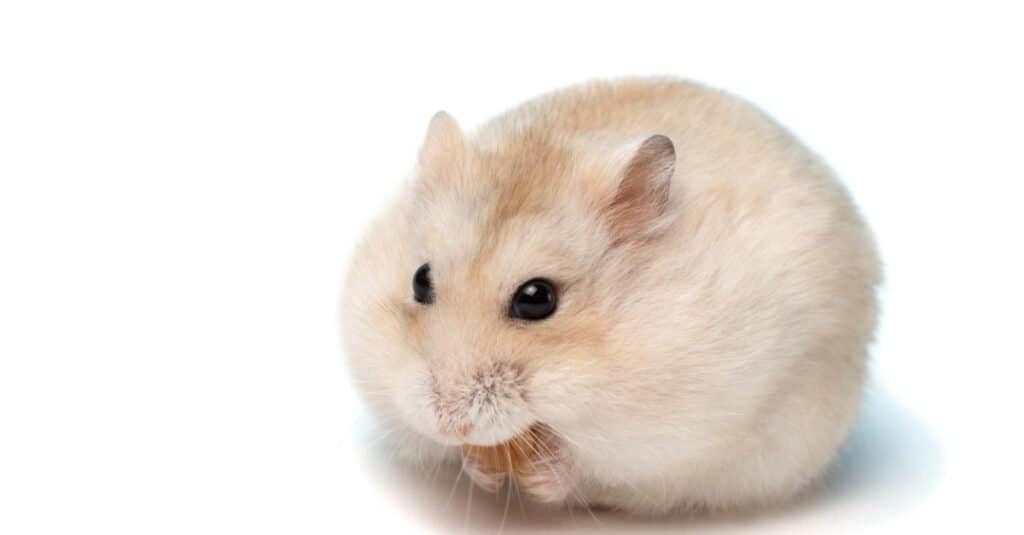
Dwarf hamsters can live for up 3 years.
©iStock.com/Tatiana
The Dwarf hamster has an average lifespan of 2–3 years. However, there have been cases of Dwarf hamsters in captivity living up to 4 years old. In comparison, the average hamster’s lifespan will live between 2-4 years while in captivity.
Certain health conditions can shorten their lifespan. But there are many things you can do to help them live as long as possible. Keep in mind that life expectancy varies by species. Although they do not live for very long, hamsters make excellent pets for the short time you can enjoy them.
A study comparing longevity in two species of laboratory rodents with different life histories found that the age at which Dwarf hamsters reproduce impacts their individual lifespans. Individual lifespan in dwarf hamsters was favorably connected with the age at which the first and last litters were born.
The Average Dwarf Hamster Life Cycle
Let’s now go over the Dwarf hamster life cycle now that we’ve learned about where they originate from and what the average Dwarf hamster’s lifespan is!
Birth
When a newborn dwarf hamster is born, it is referred to as a “pup.” When they are born, their skin is a vivid pink color and hairless. They are born blind and vulnerable, relying primarily on their mother for protection. Dwarf hamsters begin to develop their hair and teeth after approximately a week. They are finally able to see and move on their own two weeks after birth! When the puppies are 5 weeks old, they must be separated from their moms and thoroughly weaned. This is because leaving them with their mother can be dangerous as she may turn on them.
Reproduction
Dwarf hamsters achieve sexual maturity at 6 weeks of age, or possibly even sooner. Males acquire sexual maturation at a considerably quicker rate than females. Female dwarf hamsters have 4 to 6 pups on average, but should not be bred until they are 10 weeks old since they are more likely to produce stillborn puppies.
Adult
One of the most fascinating aspects of hamsters is that females may get pregnant again after only 24 hours. This is why most people keep men and females apart in captivity. Whether in captivity or not, hamsters can become infertile if not mated before the age of 14 months. One thing to bear in mind is that the older a female hamster grows, the more difficult it is for her to procreate and, if attempted, can be quite harmful to her health
How To Extend The Life Of Your Pet Dwarf Hamster
Considering how short a Dwarf hamster’s life span is, there aren’t many things you can do to increase it. The fact that these amazing animals have a short life expectancy should not discourage you from keeping one as a pet. This is why we’ve compiled a list of suggestions to guarantee your hamster not only has a wonderful life, but also a long one.
- Mental and Physical Stimulation: To keep your hamster entertained, provide them with an exercise wheel, toys, chewing materials, and other items around the cage. Boredom is one of the most serious threats to a hamster’s health. When a hamster isn’t sufficiently cognitively occupied, it might get tremendously anxious. This can then lead to other serious health issues later on.
- Cleaning: If hamster enclosures are not cleaned at least once or twice a week, they might become quite ill. Cleaning the bedding and sanitizing the toys keeps your hamster from treading in its own droppings or accidentally consuming them. Most importantly, avoid using objects such as newspaper scraps or scented beddings around your hamster’s cage. They can be extremely harmful to your hamster.
- Balanced Diet: A proper and balanced diet is absolutely essential for your hamster to have a healthy life. Most people feed their hamsters exclusively pellets. However, introducing items like apples, green beans, and a range of fruits and vegetables offers your hamster with a plethora of nutrients that will enhance their wellbeing. Including vitamins prescribed by your vet in your hamster’s diet can also help them feel better and live longer.
The photo featured at the top of this post is © iStock.com/MajaArgakijeva
Thank you for reading! Have some feedback for us? Contact the AZ Animals editorial team.



